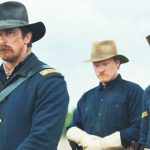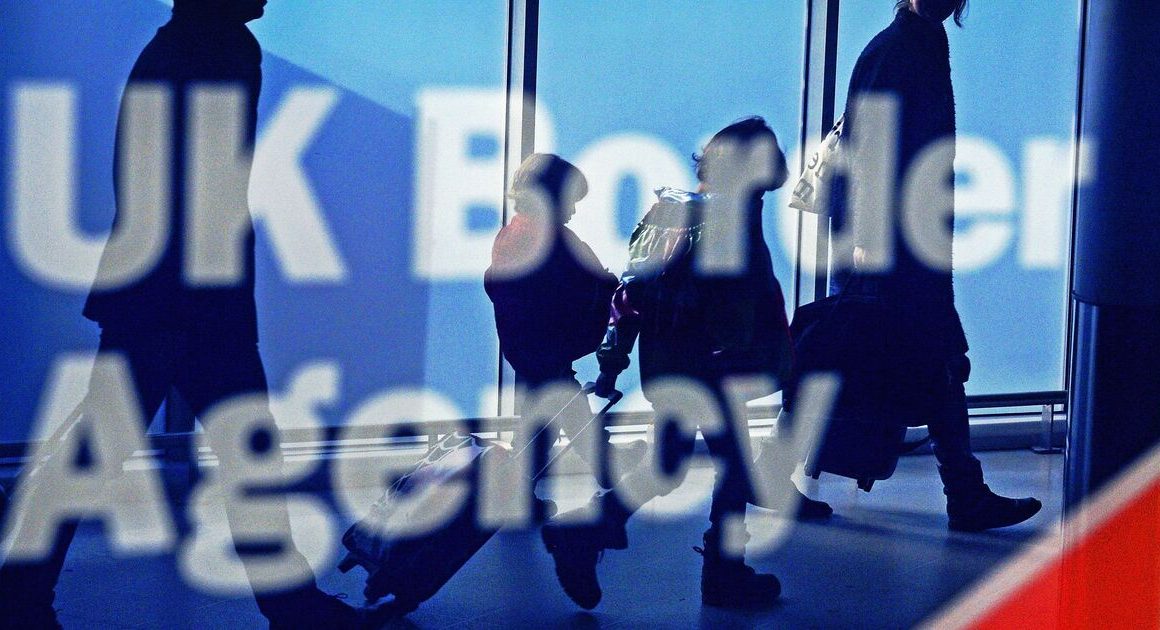When Ukrainian troops started massing in the Sumy region in the country’s northeast during the early weeks of the summer, it was clear some kind of operation was in the works, a Ukrainian soldier recently told CBC News.
But he didn’t realize his country was on the brink of a large, secretive and carefully planned incursion into Russia.
“We didn’t know, but we were feeling something special about the situation,” said the soldier, who wanted only to be identified as Wolverine, in an exclusive interview with CBC.
Over the past two weeks, Ukraine says its troops have managed to seize more than 1,200 square kilometres of Russia’s Kursk region, including dozens of small settlements, in what is the first invasion of Russian territory since the Second World War.
The military manoeuvre is widely seen by analysts as both a bold attempt to put additional pressure on Russia by bringing the 2 1/2-year war closer to home and a major gamble at a time when Ukraine is fighting to hold off Russian gains in the Donetsk region.
While Russia is still advancing in the south, the incursion into Kursk has shifted the momentum and boosted Ukraine’s mood, Wolverine believes.
“It’s good for … our morale, obviously,” he said.
A Ukrainian soldier who calls himself ‘Wolverine’ says Russian soldiers he’s encountered have low morale and insufficient training, while civilians are suffering from a ‘bad humanitarian situation,’ including a lack of water.
Wolverine, who spoke to CBC via Zoom from the Sumy region after returning from Kursk for a quick trip to resupply, would not comment on the current battlefield conditions, but confirmed he and his unit entered Kursk on Aug. 7.
“We don’t need any foreign territories,” he said. “This operation is not only in Kursk, but about [helping] our brothers and sisters who are defending our territory from Kharkiv to Zhaporizhzhia and Kherson.”
Surprise attack
When thousands of Ukrainian troops stormed into Kursk on Aug. 6, they appeared to meet little resistance. Ukrainian officials released videos of Russian soldiers waving white flags in surrender.
But in recent days, the battle has intensified. Russia has released its own images, showing a destroyed Ukrainian military convoy (which included armoured personnel carriers manufactured by Roshel, a Canadian company based in Mississauga, Ont.).
Back in Ukraine, officials admit the situation around the city of Pokrovsk in Donetsk is especially difficult, as Russian troops threaten to capture a key logistics hub for Ukraine. This week, families with children still residing in the city have been urged to leave.
In the spring, the Ukrainian city of Kharkiv came under regular attack from Russian missiles and glide bombs, and in May, Russian troops seized the Ukrainian border town of Vovchansk, leading hundreds to be evacuated under shelling and the buzz of drones overhead.
That same month, the head of Ukraine’s military intelligence agency told the New York Times he expected Russia to launch an offensive toward the Sumy region in the coming days.
But it was Ukraine that launched an attack over the border nearly three months later.
During his nightly address on Sunday, Ukraine’s President Volodymyr Zelenskyy said the operation in Russia’s Kursk region aims to create a buffer zone on the “aggressor’s territory.”
Russian President Vladimir Putin previously said Russia’s incursion into the Kharkiv region in May was an attempt to create a buffer zone to protect Russian communities and military positions.
Russia’s response
Putin has said little about Ukraine’s attack on Kursk, but during a visit to the town of Beslan in North Ossetia on Tuesday to honour the victims of the 2004 school siege, he compared Ukrainian troops to terrorists.
“We will punish the criminals. There can be no doubt about this,” he said. Officials also announced the formation of three new military groups to bolster security in the area.
Russian officials have said more than 120,000 people have left the Kursk region, and state media outlet TASS has reported that more than 30 civilians have been killed since Ukraine’s attack.
Wolverine told CBC that during his time in Kursk, he heard Russian citizens express anger at their own authorities.
“They speak about betrayal from the Russian government,” he said. “They did not declare evacuation and immediately turned off water and light, so they [created] unbearable living conditions.”
He provided CBC with a short edited video taken with the body camera he was wearing when he spoke to residents in a rural Russian village. At least one woman was in tears, while another man complained they had been abandoned by the Russian authorities. The man said two buses had come to evacuate the elderly and frail, but left other residents behind.
CBC was unable to verify the video or the statements made by the residents, who were likely unaware they were being recorded.
Wolverine says his unit encountered 10 Russian soldiers who surrendered, and it was clear the troops positioned in Russia along the border near Kursk weren’t as “high-quality” as the forces Ukraine has been facing elsewhere along the front line.
While there were some experienced units, including fighters from Chechnya, there were also many conscripts: young men completing their mandatory military service.
On Russian social media networks, there are posts from relatives looking for their sons who were stationed in Kursk and haven’t been heard from since Ukraine’s attack.
Inexperienced conscripts
A freelance journalist working for CBC was granted access to a prison in the Sumy region where Russian prisoners of war are being held. He, along with other journalists, was permitted to speak with the more than 20 men held in three separate cells as long as there weren’t any questions that could compromise the security of Ukrainian forces in Kursk.
The prisoners’ freedom hinges on being swapped in an exchange with Ukrainian soldiers captured in Russia. CBC is not identifying any of the men who consented to speak.
One 19-year-old said he was sent to Russia’s border region in May, and wasn’t given proper training, including when it came to fighting and firing a weapon.

He said he and others were sheltering in a building from the rain when a Ukrainian grenade flew through a window. Moments later, he and 27 others surrendered to the Ukrainian soldiers outside.
“We started shouting that there are conscripts here, don’t shoot,” he said.
Another 22-year-old conscript said Ukrainian troops started storming his position on Aug. 7. He and a few others managed to spend the night hiding in a trench, but the next day he was hit by a grenade and later captured.
As he spoke, he lay on the lower half of a bunk bed, shrapnel still embedded in both of his legs.
He is from St. Petersburg and was conscripted in October.
“We were told that we would not take part in hostilities,” he said. “We understood that anything was possible, but we did not think that our day would end with us being prisoners of war in another country.”
A freelance journalist working for CBC was granted access to a prison in Ukraine’s Sumy region where Russian prisoners of war are being held, including this 22-year-old conscript from St. Petersburg. CBC is not identifying any of the men who consented to speak.
One of the oldest prisoners in the group was a 54-year-old who originally worked as a coal miner in Luhansk in eastern Ukraine, but moved to Moscow in 2014 after the war began in the Donbas.
He ended up being granted Russian citizenship and signed a military contract. Throughout the war, he had been stationed in Sevastopol, Crimea, and Kherson, but was redeployed to Kursk on Aug. 5 to help strengthen security along the border.
Like the rest of the soldiers who spoke in the cell, he was shocked by the scale of the Ukrainian offensive.
He said when he arrived at his position, he was told everything would be quiet. Hours later, thousands of Ukrainian troops started pouring over the border.
“No one could even predict that there would be an attack …in such a large area and [with] so much power.”












